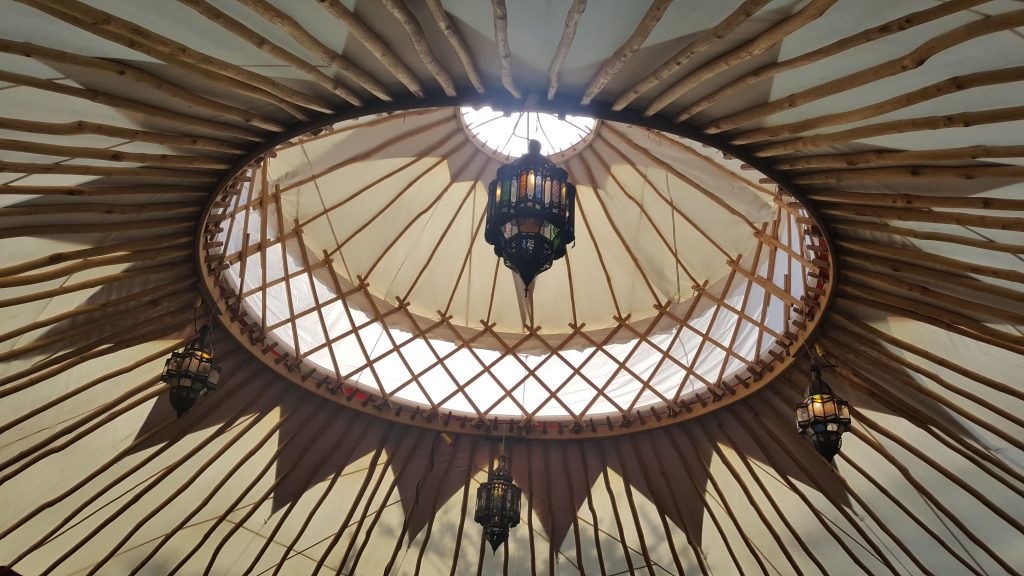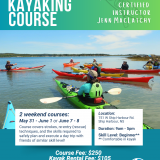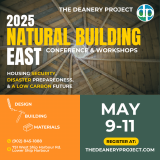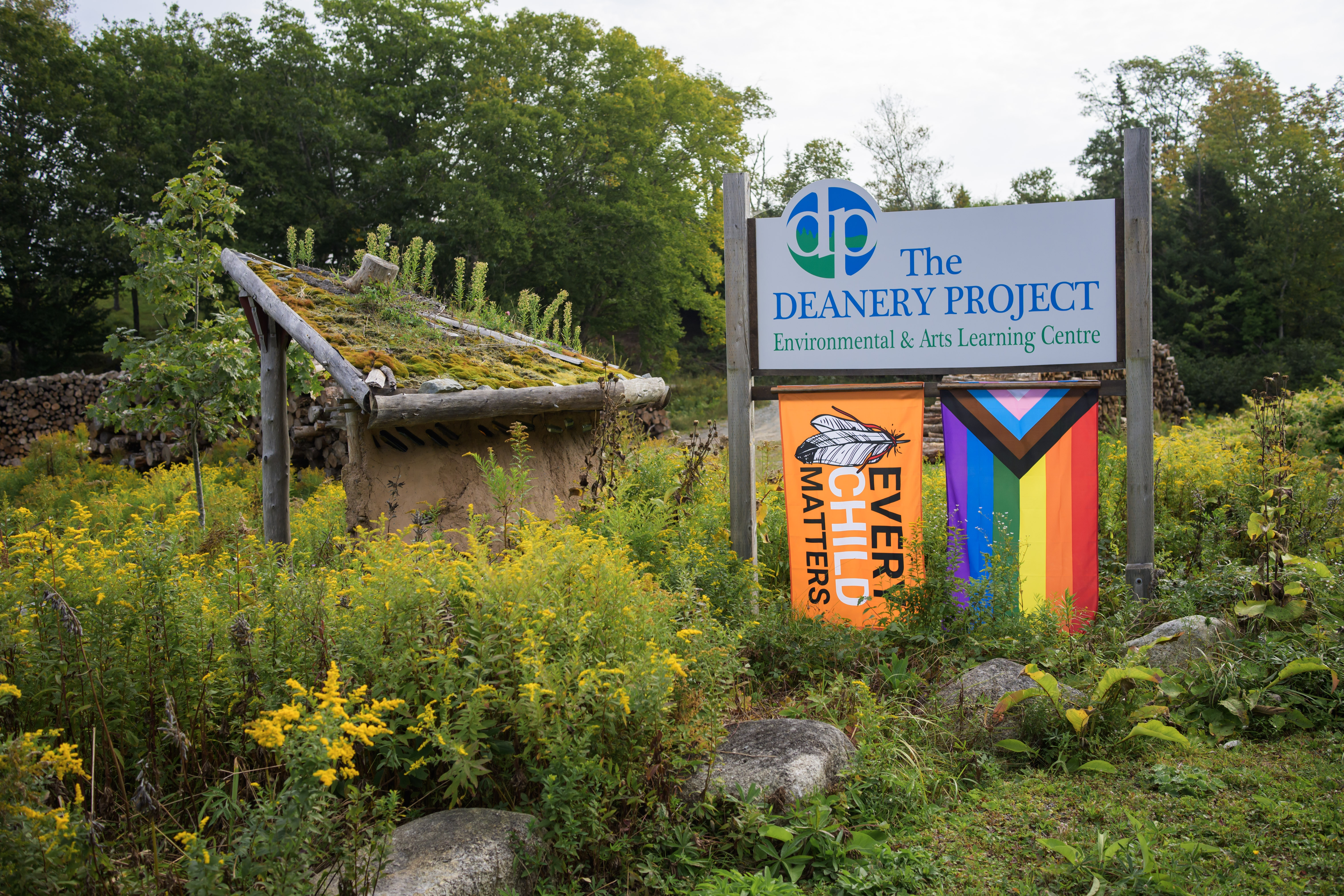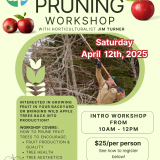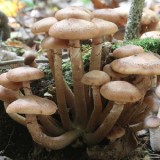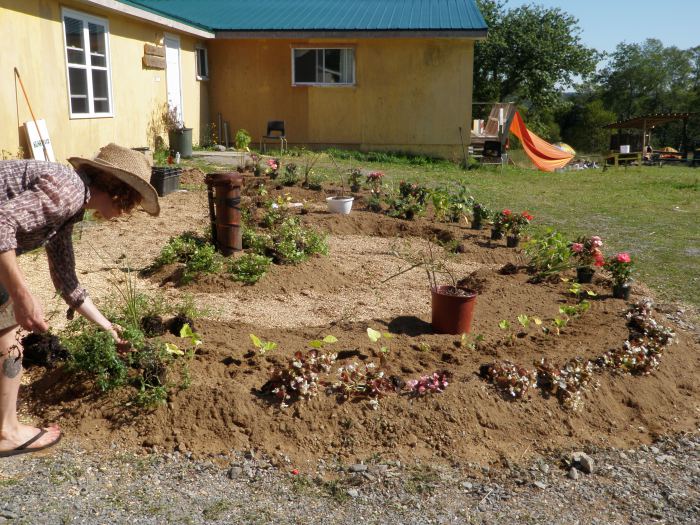Building, Naturally
This post was submitted by Kimberly Olson, a participant and volunteer at Natural Building EAST. As a resident of the area, she is a long-time supporter of the Deanery Project and its environmental stewardship programming. In this article, she shares her experience at the event.
Building, Naturally: Curbing Climate Change Through How We Design Our Buildings and Homes
Imagine if the way we built our homes and buildings could benefit the environment by storing carbon in the materials used? Imagine if these same materials didn’t contribute to significant sources of emissions, improved our energy efficiency and were locally available, aesthetically beautiful, and appropriate for all climates. Imagine that these buildings could look exactly how we want, be comparable in cost to other more conventional buildings, and improve resilience to climate change impacts. Imagine that through the way we build, we could also contribute to our environment, local economy, and community well being.
On September 28-29th, 2019 a group of prominent natural building practitioners came together at the Deanery Project, to share their expertise on how we can build with the environment at the forefront, through the materials, techniques and energy systems we choose. Natural Building EAST(NBE), a two-day conference, convened designers, builders, planners, researchers, students and homeowners to explore ways to improve how we design our homes and public buildings. Examples depicted how these techniques can be applied in rural and urban areas, as well as cold and warm climates, revealing how easy it is to change the way we build.
The conference explored opportunities to shift from ecologically destructive to beneficial resources, demonstrated a wide-range of natural building materials, and compared benefits of each. It provided a living lab to investigate and deliberate on building techniques, standards and energy systems (e.g. passive house and net-zero). It covered both and covered tangible and intangible solutions while examining cost-benefit, carbon sequestration and storage, community development, and art.
Through this event, participants had the opportunity to tour natural building projects and receive hands-on experience of different building techniques. The Deanery Project, the event host, is a centre for environment and arts, and its facilities exhibit a range of natural building methods for participants to explore. Other examples such as a tiny house and yurts, were brought on-site specifically for the event, to further demonstrate techniques and to serve as workshop venues. Participants also had the opportunity to visit a local Earthship-style home – a passive solar, earth building made from natural and recycled materials.
Following this two-day conference of demonstrations, hands-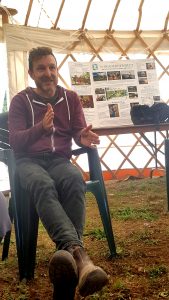 on practice, animated debate and reflection, information sharing, and shared meals, participants were left inspired to transform the way we build. Participants were left not needing to imagine how we can build better, as if it were some far distant dream, but understanding tangible solutions to improve building design and materials that minimize our impact on the environment. In the days that followed the event, discourse continued through presentations at the Dalhousie University School of Architecture and the Build Green Atlantic conference, both of which featured Chris Magwood and Mark Lakeman, keynote speakers at Natural Building EAST. These discussions, and the important work behind them, will continue to grow, building naturally.
on practice, animated debate and reflection, information sharing, and shared meals, participants were left inspired to transform the way we build. Participants were left not needing to imagine how we can build better, as if it were some far distant dream, but understanding tangible solutions to improve building design and materials that minimize our impact on the environment. In the days that followed the event, discourse continued through presentations at the Dalhousie University School of Architecture and the Build Green Atlantic conference, both of which featured Chris Magwood and Mark Lakeman, keynote speakers at Natural Building EAST. These discussions, and the important work behind them, will continue to grow, building naturally.

